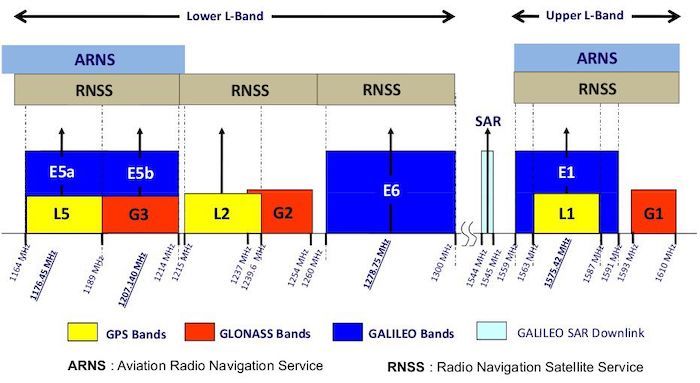
Xiaomi, a leading global smartphone manufacturer, recently launched the Xiaomi Mi 8, the world’s first smartphone with dual-frequency GPS. This groundbreaking feature sets the Mi 8 apart as the inaugural mass-market consumer device to incorporate this technology, rendering it exceptionally unique. So, what exactly distinguishes dual-frequency GPS from the standard single-frequency GPS utilized in other devices? This article endeavors to explore this question. For those curious about the advantages of dual-GPS technology, we present a comparison between dual-frequency and single-frequency GPS:
Dual-Frequency GPS vs Single-Frequency GPS: Understanding Their Operation
Prior to delving into the intricacies of dual-frequency GPS technology, it’s essential to grasp the fundamental workings of GPS. GPS, a satellite-based radio-navigation system, furnishes geolocation and time data to GPS receivers worldwide. For optimal functionality, a GPS receiver (e.g., a smartphone) necessitates an unobstructed view of four or more GPS satellites. Under ideal conditions, these satellites transmit navigation signals to the device, which interprets them to determine precise location. This process involves intricate technicalities, but in essence, the receiver gauges the distance to each satellite to ascertain location accuracy, typically within a range of 5-10 meters, with a potential error margin of around 15 meters.
Optimal conditions don’t always occur. Several factors increase error potential, notably ionospheric interference, signal blockage by structures like mountains, and urban areas with tall buildings. In cities like New York, GPS accuracy suffers due to signal interference and multipath effects from tall buildings. Other factors impact GPS accuracy, but these three are primary. Dual-frequency GPS technology mitigates signal issues caused by these factors, enhancing location accuracy.
Diverse GPS Bands
Explore the various GPS bands available for civilian use. Simplified for easy understanding, these bands primarily operate within radio frequencies. The Global Positioning System operates within the 1.1 GHz to 1.6 GHz range, albeit not utilizing the entire spectrum. Predominantly, satellites operate within the L1 band, encompassing frequencies from approximately 1.56 to 1.58 GHz. Additionally, there are two other significant frequency bands utilized for GPS: L2 and L5 (as illustrated below).

Image Source: Navipedia
The standard single-frequency GPS receiver used in smartphones and other devices interprets only the L1 band, hence its name. In contrast, dual-frequency GPS utilizes two distinct bands. Devices employing L1+L2 or L1+L5 bands are classified as dual-frequency GPS receivers.
Advantages of Dual Frequency GPS
Dual-frequency GPS alleviates discussed problems. A receiver using it won’t face signal interference from ionosphere or tall buildings in city environments. Dual-bands provide more information to the receiver, reducing error chances. Another benefit: if one frequency fails, the other acts as a backup.
Even the signal makeup differs, resulting in better readings in various environments. For instance, the L5 band facilitates distinguishing real signals from those reflected by buildings, reducing the Multipath effect caused by tall buildings in urban areas. In summary, dual-GPS frequency decreases the GPS error rate by providing more information, thereby enhancing accuracy in positioning.
Dual-Frequency GPS vs Single-Frequency GPS: Conclusion
I strive to clarify the disparity between single and dual-frequency GPS technologies, employing straightforward language. While I aim for simplicity, there may be slight oversimplification, yet the fundamental functionality remains consistent. Should any confusion persist, feel free to inquire in the comments below, and I’ll gladly address your concerns.

Pritam Chopra is a seasoned IT professional and a passionate blogger hailing from the dynamic realm of technology. With an insatiable curiosity for all things tech-related, Pritam has dedicated himself to exploring and unraveling the intricacies of the digital world.



